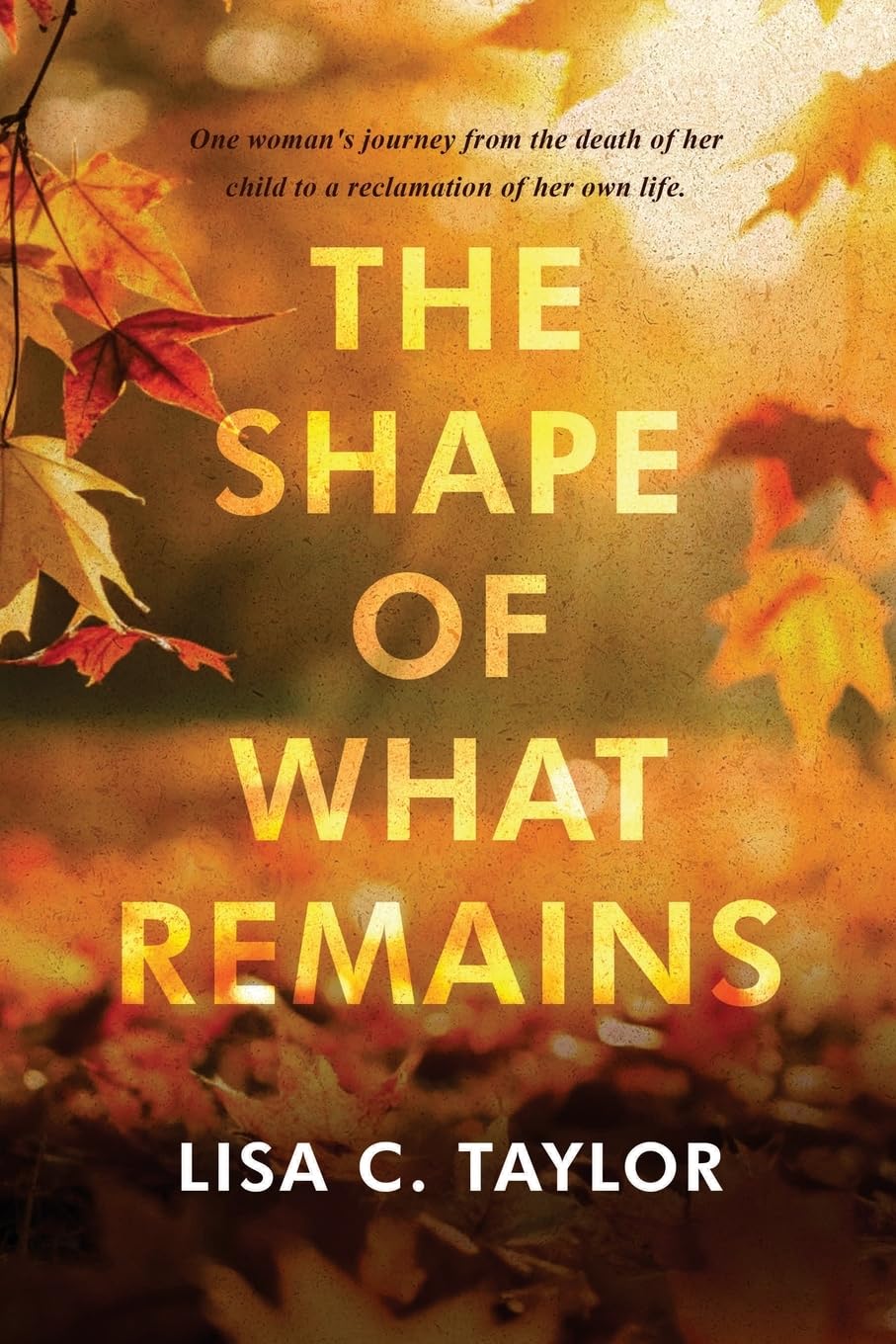A piece of her heart
Novel digs deep into prolonged grief
Novel digs deep into prolonged grief
Is it possible to enjoy a novel about a mother’s prolonged grief over the sudden, violent death of her young daughter? In the capable hands of Colorado poet Lisa C. Taylor, the answer is a surprising and resounding yes. Picking up The Shape of What Remains—Taylor’s first published novel, to be released this month—takes courage, quickly rewarded by the wry but anguished, matter-of-fact voice of the book’s narrator, Teresa Calvano. Teresa is smart, resigned from human connection that might open her heart, darkly funny and utterly alone in the dilemma of profound loss at the book’s beginning, but she’s looking to rebuild. A floundering English professor and Chaucer scholar; her personal poet laureate is Janis Joplin.

Lisa C. Taylor
Author Taylor knows the territory of complicated grief and is able to avoid its attendant clichés with insight, imagination and a poet’s precision with language. According to her biography, she’s also a professional counselor, has worked with adolescents who lost their parents and acknowledges the experience of a close friend who lost a child as a springboard for her novel, many years in the making.
Protagonist Teresa is ten years out from witnessing the death of 6-years old Serena and is barely emerging from a fog of blame, pharmaceuticals, marital distance, professional malaise and emotional detachment. Her husband Luke has evaded the grip of grief by obsessing over his own academic pursuits and a few amorous ones on the side. Their son Wyatt, Serena’s older sibling, now in college, fends for himself in the hands of caring and competent but emotionally ravaged parents.
The plot is straightforward and simple: Teresa wants to re-enter the world of the living but can’t shake off a stronger desire to reunite with Serena. Luke has abandoned home and family while going through the motions of being a husband and father, clinging to professional ambition to avoid his own dark feelings. A new job and the promise of relocation offer hope for the family’s reclamation and healing, but it’s complicated. Teresa’s slow transition, weaving together fragile strands of a new life, parallels Luke’s unraveling while the couple cling to their last vestige of family.
The pace is quick and the dialogue is snappy in The Shape of What Remains. Interesting supporting characters—reliable mother-in-law Bess, lonely book club widower Tim—populate the book and reveal aspects of Teresa she’s oblivious about. A subplot involving Teresa’s distant, self- involved mother Bridget and the father she never knew provide needed diversion from Teresa’s internal impasse. Taylor’s years of effort show in the book’s polished and smooth forward trajectory, seasoned with unexpected turns.
involved mother Bridget and the father she never knew provide needed diversion from Teresa’s internal impasse. Taylor’s years of effort show in the book’s polished and smooth forward trajectory, seasoned with unexpected turns.
Where The Shape of What Remains needs to be bold, it doesn’t falter. In its early pages, we are hit with the ineffable depth of Teresa’s traumatic grief: “It’s been ten years and some days I still want to dive into the ocean that swallowed her ashes, the wind kicking up a gray cloud until the fine dust of my little girl dissipated in green waves. … Luke read an excerpt from Winnie-the-Pooh, a better thing than some religious drivel about Serena being too good for this world or becoming God’s littlest angel. There will never be a reason for the pain that made a permanent home in my body, visiting me during a television commercial where a little girl is ecstatic that her mother is coping with seasonal allergies, or in the park where a child begs her mother for ice cream, unaware that I am sitting on a nearby bench about to fall apart.”
The strength of Taylor’s novel lies in its assured knowledge of the unpredictable nature of grief and its refusal to gloss over grief’s complications with platitudes. And the leavening that raises Teresa’s story above the predictable is its sharp and unrelenting humor, black as it often is. Taylor does not allow Teresa to turn her back on hope for a future, flawed and murky as it might be, witnessed in the book’s final sentence:
“My phone was turned off, and for twenty minutes we drove home slowly in the icy dark, blasting Janis Joplin and singing off-key.”
— Lisa C. Taylor is available to book clubs to discuss The Shape of What Remains. Find details at her website.
Click here for more from Kathryn Eastburn.

